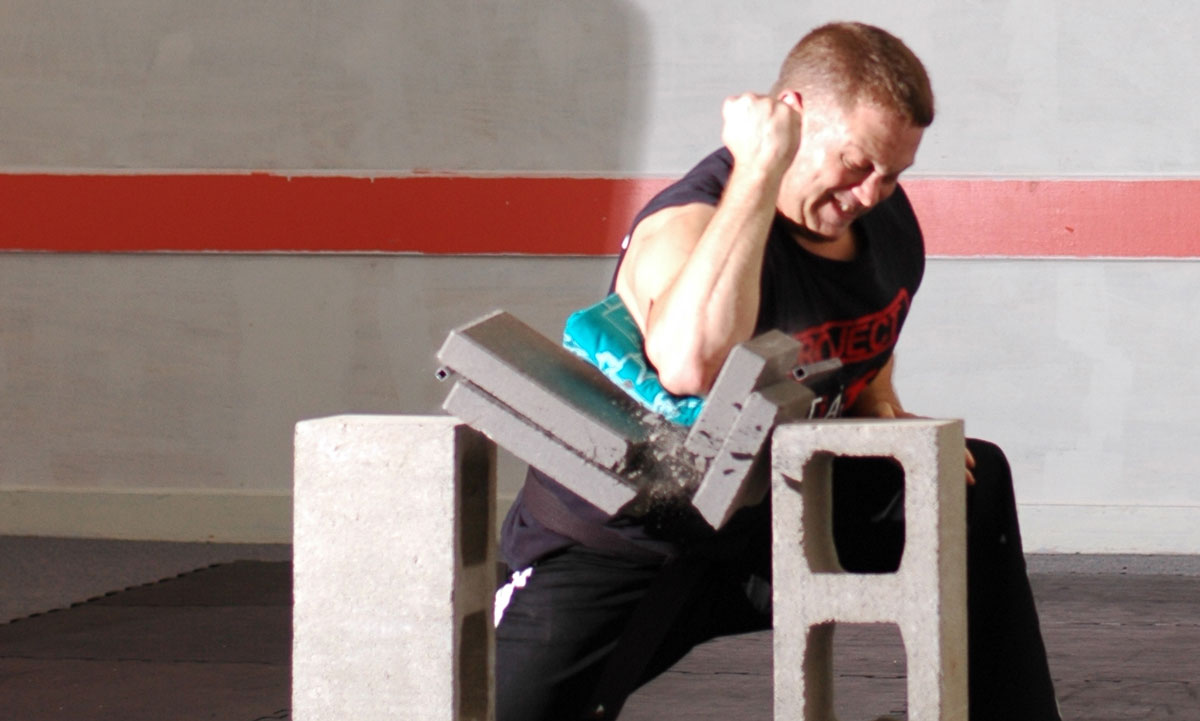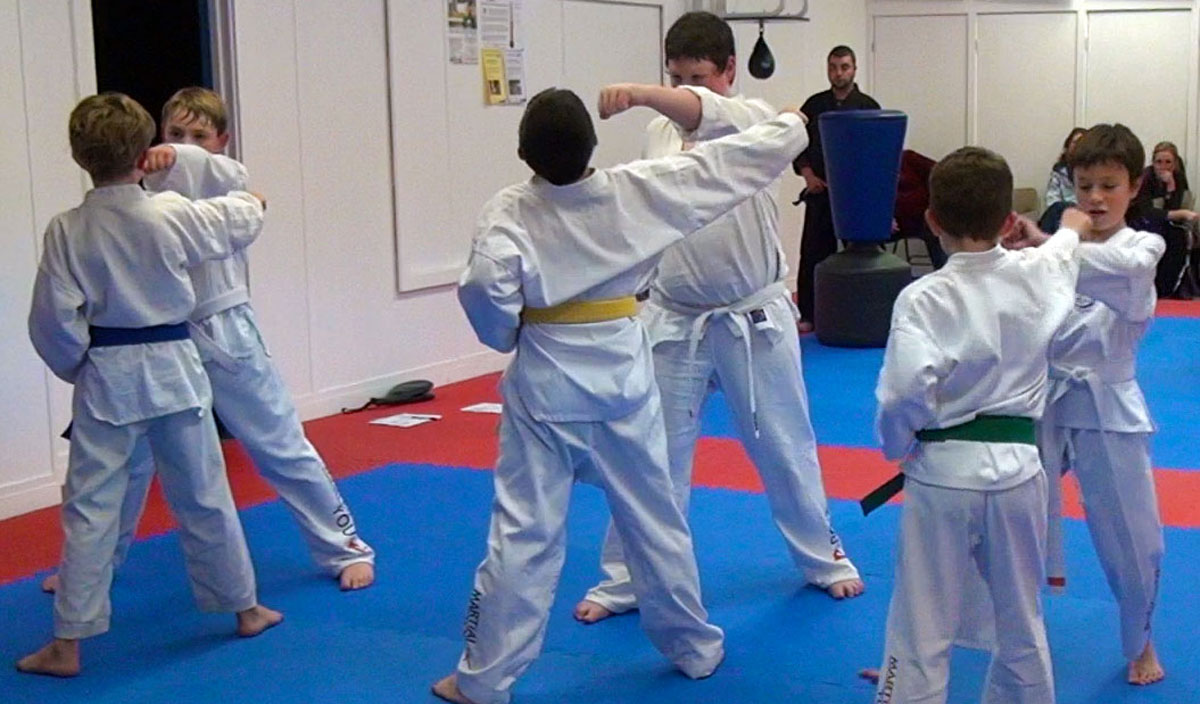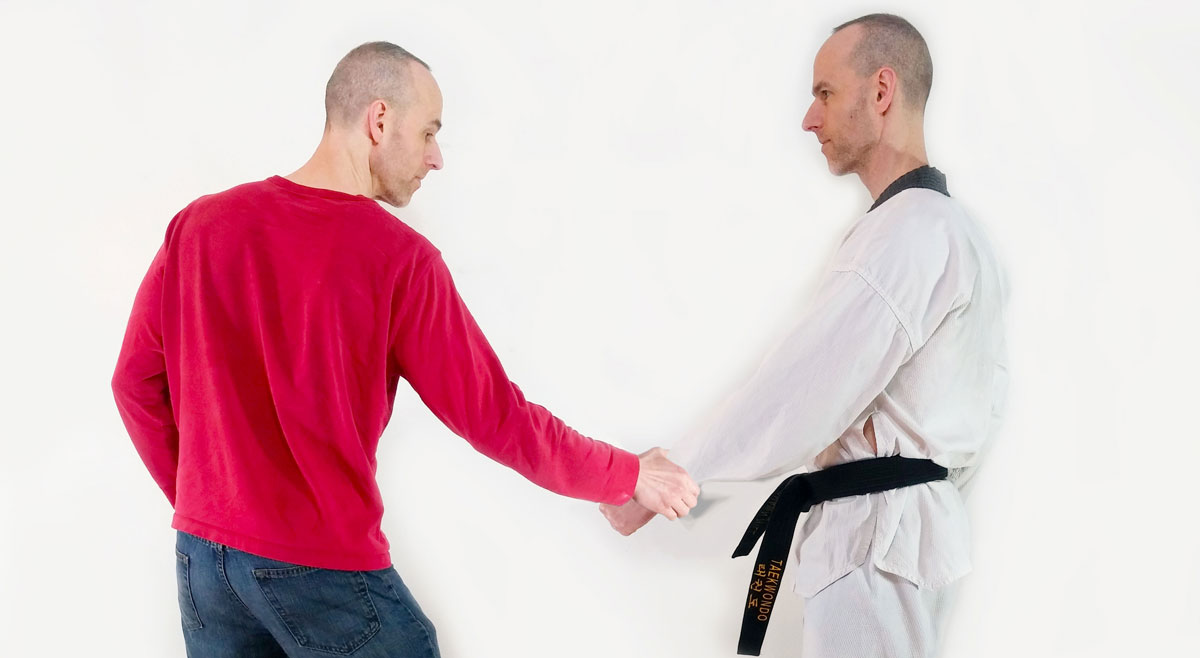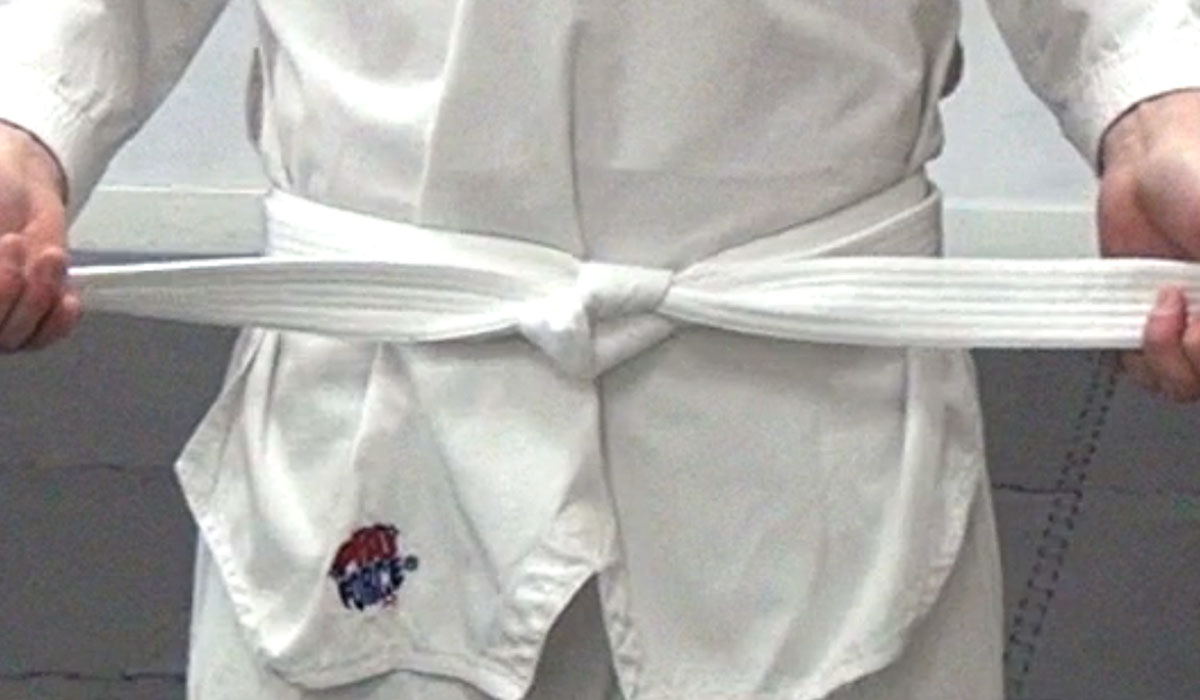COMPETITION – LET’S DANCE!
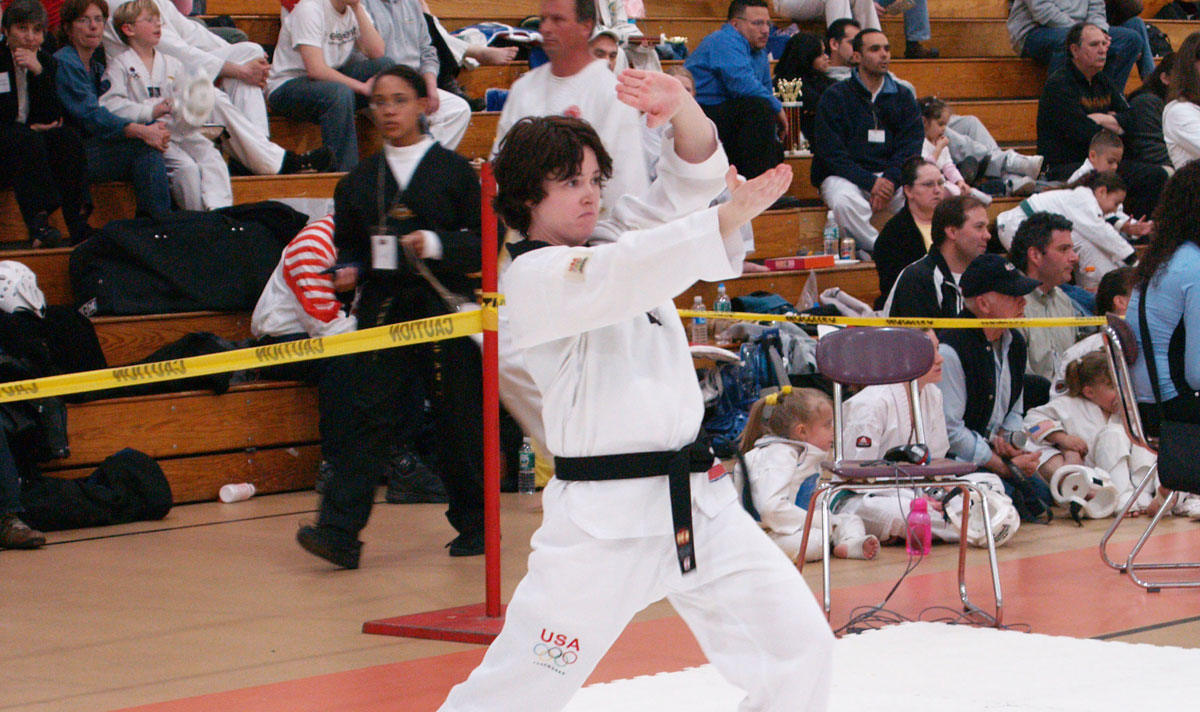
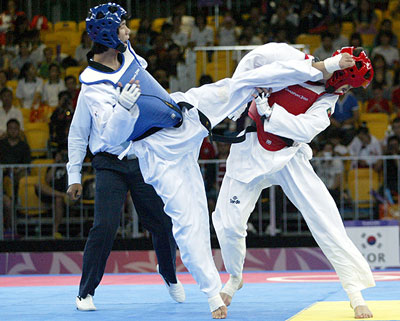 So, you’re interested in Taekwondo? Just what is Taekwondo? Secondly, what is Olympic Style Taekwondo? What does the word Taekwondo mean? Where does Taekwondo originate from and how old is it?
So, you’re interested in Taekwondo? Just what is Taekwondo? Secondly, what is Olympic Style Taekwondo? What does the word Taekwondo mean? Where does Taekwondo originate from and how old is it?
To answer those questions and a whole lot more I grabbed the actual description from the formal organization that governs the style of Taekwondo taught through this program, The World Taekwondo Federation known as The WTF.
“Taekwondo is one of the most systematic and scientific Korean traditional martial arts, that teaches more than physical fighting skills. It is a discipline that shows ways of enhancing our spirit and life through training our body and mind. Today, it has become a global sport that has gained an international reputation, and stands among the official games in the Olympics.
Let's take a closer look at the meaning of the word "Tae" "Kwon" "Do." It is composed of three parts as shown in the English spelling, though it is one word in Korean. "Tae" means "foot," "leg," or "to step on"; "Kwon" means "fist," or "fight"; and "Do" means the "way" or "discipline." If we put these three parts together, we can see two important concepts behind "Tae Kwon Do".
First, Taekwondo is the right way of using Tae and Kwon 'fists and feet,' or all the parts of the body that are represented by fists and feet. Second, it is a way to control or calm down fights and keep the peace. This concept comes from the meaning of Tae Kwon 'to put fists under control' [or 'to step on fists']. Thus Taekwondo means "the right way of using all parts of the body to stop fights and help to build a better and more peaceful world."
Taekwondo has been developing with the 5000-year long history of Korea, being called by several different names in the course. In Korea, Taekwondo began as a defense martial art called "Subak" or "Taekkyon," and developed as a way of training body and mind in the ancient kingdom of Koguryo, under the name of "Sunbae." In the Shilla period, it had become the backbone of Hwarangdo that aimed at producing leaders of the country.
Taekwondo today is similar to the martial arts in other Oriental countries and shares some features with them, because in the course of its evolution it has gained many different styles that existed in the martial arts of the countries surrounding Korea, like Japan and China. But Taekwondo is very different from many such oriental martial arts. First, physically it is very dynamic with active movements that include a mirage of foot skills. Second, the principle physical movements are in simpatico with that of the mind and life as a whole. Third, it possesses dynamic poses from another perspective.
Taekwondo can be characterized by unity: the unity of body, mind, and life, and the unity of the pose "poomsae" and confrontation, and cracking down. When you do Taekwondo, you should make your mind peaceful and synchronize your mind with your movements, and extend this harmony to your life and society. This is how in Taekwondo the principle of physical movements, the principle of mind training, and the principle of life become one and the same. On the other hand, the right poomsae lead to the right confrontation, which will eventually produce great destructive power.
How come we reach such a unity in Taekwondo? Taekwondo is a way of life, much like having a job, raising a family, fighting for a cause, or any one of numerous raison d'etre. What makes Taekwondo different from these is that it is an activity for survival in extremely antagonistic situations. One must always overcome the enemy that is trying to cause harm. But simply winning a fight is not enough to guarantee one's safety, because the enemy may recuperate and attack again. Moreover, there may be many other enemies than the one that was just defeated. One cannot ever feel safe unless one gains permanent peace. To attain this permanent or lasting peace, one needs unity. This is what Taekwondo aim for. Otherwise Taekwondo would be no different from any other street-fighting skills.
Taekwondo pursues harmonious growth and improvements of life through its unique activities. This is why one could say Taekwondo is a way of life. To ultimately enable ourselves to lead more valuable lives, we would do well by finding the guiding principles deeply hidden in Taekwondo.”

“There are two main branches of taekwondo development, which are not necessarily mutually exclusive: "Traditional taekwondo" typically refers to the martial art as it was established in the 1950s and 1960s in the South Korean military, and in various civilian organizations, including schools and universities. In particular, the names and symbolism of the traditional patterns often refer to elements of Korean history, culture and religious philosophy. Today, the Kukkiwon, or World Taekwondo Headquarters is the traditional center for Taekwondo in Korea.
"Sport taekwondo" has developed in the decades since the 1950s and may have a somewhat different focus, especially in terms of its emphasis on speed and competition (as in Olympic sparring). Sport taekwondo is in turn subdivided into two main styles; one derives from Kukkiwon, the source of the sparring system, sihap gyeorugi, which is now an event at the summer Olympic Games and which is governed by the World Taekwondo Federation (WTF). The other comes from the International Taekwon-Do Federation (ITF).”
This program covers WTF Olympic style taekwondo with 50 percent of the curriculum geared towards gaining traditional skillsets, (forms, self-defense, blocks, strikes, etc.), and 50 percent towards the Olympic sport training, ( kicking drills, footwork, sparring, and competitions). This provides a good balance between the art aspects of taekwondo and what is considered the modern sport aspect. Also, always keep in mind that within the world of martial arts there are many styles and within each art, such as TAEKWONDO, there are many variations of that style. Not everyone learns or teaches by the same exact methods. Not everyone teaches or learns the same exact techniques and not everyone teaches the same exact way. As we said before, the martial arts systems are very dynamic and change or become personalized by those who oversee them.




